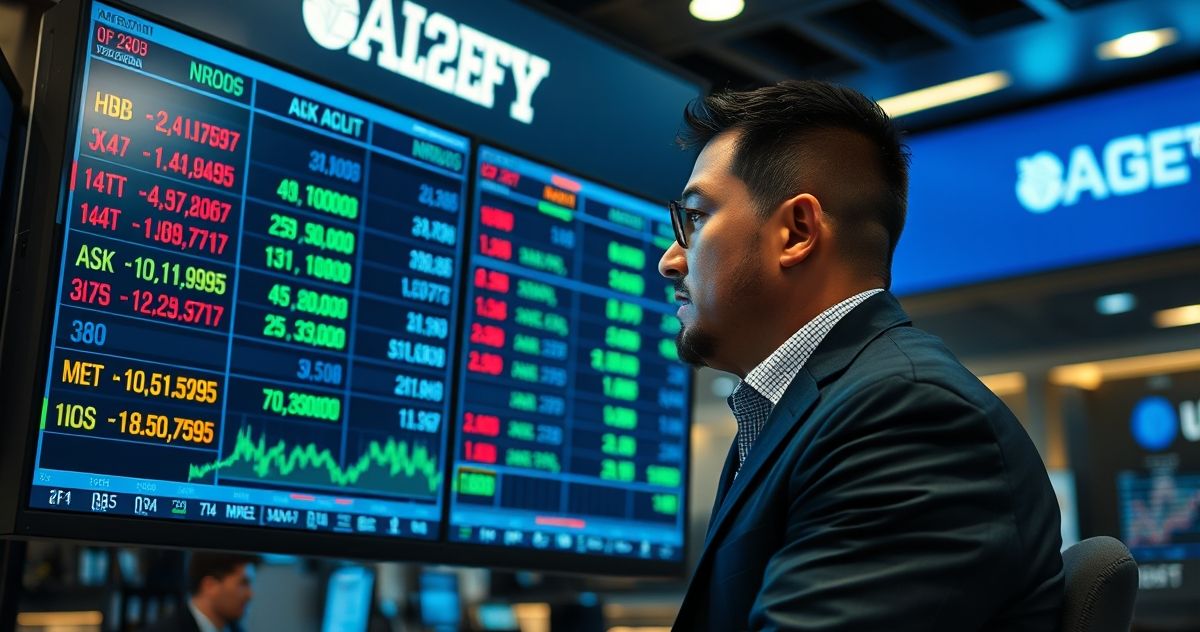Understanding the Bid-Ask Spread: A Key Trading Concept
The bid-ask spread is a fundamental concept in financial markets that affects everyone who buys or sells assets such as stocks, bonds, currencies, or commodities. This spread represents the difference between the highest price buyers are willing to pay (the bid) and the lowest price sellers will accept (the ask), effectively illustrating the cost of trading and the market’s liquidity at a given moment.
Historical Context and Market Function
The concept of a bid-ask spread has existed since the inception of trading as a way to balance interests of buyers and sellers. Market makers and brokers help facilitate this by posting bid and ask prices, ensuring that buyers and sellers can find counterparties for their trades. These intermediaries often profit from the spread as a compensation for providing liquidity and managing the risk of holding inventory.
How the Bid-Ask Spread Works
Imagine a marketplace: the highest price a buyer is willing to pay for an item is the bid, while the lowest price a seller is willing to accept is the ask. The difference between the two is the spread. For example, if a stock’s bid price is $100.00 and the ask price is $100.05, the bid-ask spread is $0.05.
This spread acts like an implicit transaction cost. When you buy at the ask price and sell at the bid price, the difference can reduce your overall returns.
Real-World Examples
| Asset Type | Bid Price | Ask Price | Bid-Ask Spread | Liquidity Level |
|---|---|---|---|---|
| Apple Stock (AAPL) | $150.00 | $150.02 | $0.02 | Very High |
| Small Cap Stock | $12.50 | $12.70 | $0.20 | Low |
| EUR/USD Forex Pair | 1.1200 | 1.1201 | 0.0001 (1 pip) | Very High |
| Penny Stock | $0.50 | $0.60 | $0.10 | Very Low |
Large, highly liquid assets like blue-chip stocks usually have very tight spreads due to high trading volumes. In contrast, less liquid and more volatile instruments can have wide spreads that increase trading costs.
Why the Bid-Ask Spread Matters
- Cost Awareness: Traders pay the spread either directly or indirectly as part of trading fees.
- Liquidity Indicator: Narrow spreads generally signal a liquid, actively traded market, while wide spreads indicate lower liquidity and higher transaction costs.
- Influences Trading Strategies: For example, day traders and scalpers closely monitor spreads because large spreads can quickly erode profits.
How to Minimize the Impact of the Bid-Ask Spread
- Trade Highly Liquid Assets: Assets with tight spreads offer better pricing and lower transaction costs.
- Use Limit Orders: Setting your own price avoids paying the ask price when buying or accepting the bid when selling, but your order might not fill immediately.
- Monitor Market Conditions: Spreads can widen during volatile market conditions or low trading volumes—avoid trading in such times if possible.
Common Misconceptions About the Bid-Ask Spread
- The spread is not a hidden fee charged by brokers but rather a natural market phenomenon reflecting supply and demand.
- It is not a guaranteed profit for market makers; they take on risk holding positions.
- All assets don’t have the same spread; it varies greatly depending on liquidity and market conditions.
Frequently Asked Questions
Q: Does the bid-ask spread change often?
A: Yes, spreads fluctuate in response to market activity, news, and economic events affecting supply and demand.
Q: Who earns the bid-ask spread?
A: Market makers and brokers typically earn the spread as compensation for facilitating trades and providing liquidity.
Q: Can I avoid paying the spread?
A: Using limit orders can help avoid paying the spread, but there’s a risk that the trade won’t execute if your price isn’t met.
Learn More
For a deeper dive into related topics, explore Best Execution Pricing to understand how brokers aim to get the best prices for your trades, and Limit Orders strategies to optimize your trade entries and exits.
Authoritative External Resource
For official guidance on trading practices and liquidity, visit the U.S. Securities and Exchange Commission (SEC).
Understanding the bid-ask spread equips traders and investors with knowledge to better navigate transaction costs and market liquidity, helping optimize trading decisions and improve investment outcomes.



